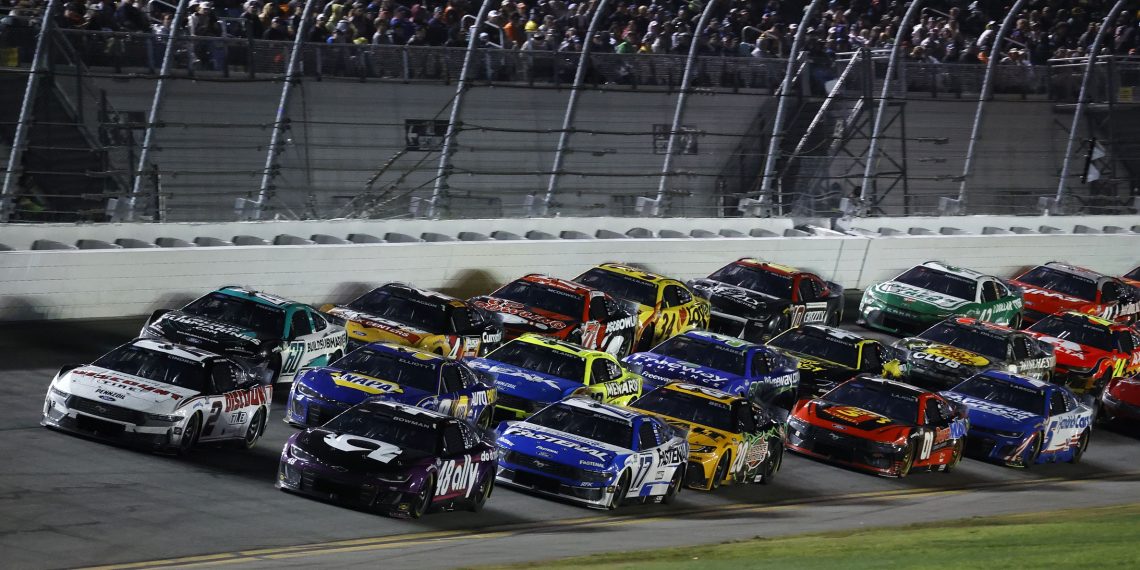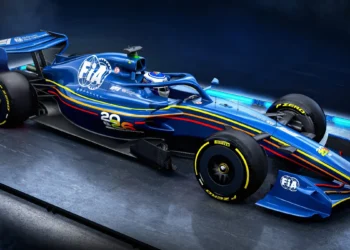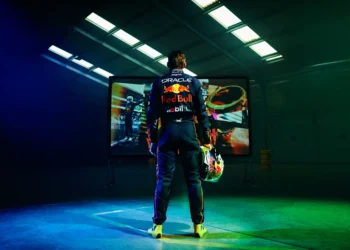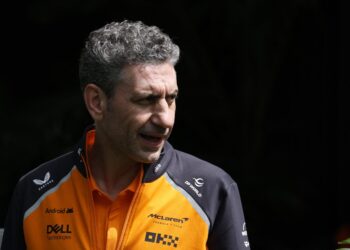The 2025 Daytona 500, NASCAR’s season opener, was nothing short of a spectacle, marked by the highest number of crashes since 2019. The event saw 35 cars, including those of Team Penske, which led 125 of the 201 laps, involved in mishaps. Instead of walking away with the coveted Harley J. Earl trophy, reigning Cup Series champion Joey Logano and his teammates were left picking up the pieces of their wrecked cars following a lap 186 crash.
These dramatic events brought into sharp focus the decision-making process at NASCAR, particularly the initiation of caution flags at the tail end of a race, which can lead to contested finishes. The surprising victory of William Byron, who was running 7th when he was catapulted to the front after Denny Hamlin was turned, setting off a massive crash, sparked intense debate. After a week of silence, NASCAR finally addressed the controversy.
Recalling the disappointment of Parker Kligerman missing out on a much-needed Xfinity win at the Charlotte Roval due to a caution call a second before he crossed the finish line, NASCAR race director Jusan Hamilton expressed regret. He acknowledged that hindsight offered a clearer perspective, allowing for the luxury of reviewing the full situation and considering alternatives that may not be apparent in the heat of the race.
The Daytona International Speedway has two primary ‘cutouts’ in Turns 1 and 2, designed for the swift deployment of fire trucks and ambulances in response to crashes. Hamilton highlighted NASCAR’s efforts to synchronize the response time with the green-flag conditions. He also emphasized the organization’s objective to get to a green-flag finish and avoid influencing the race outcomes through caution calls or other decisions.
However, despite NASCAR’s attempts to clarify and placate, driver sentiment remains largely negative. The high number of crashes at the Daytona 500 has raised genuine concerns about safety.
The last fatal accident at the Daytona 500 occurred 24 years ago, claiming the life of Dale Earnhardt Sr. in 2001. Since then, NASCAR has made considerable strides in enhancing safety protocols. But with each passing year, it appears that these safety measures are being pushed to their limits. Ryan Preece, whose car flipped over twice in less than two years, voiced his fears about the dangers at superspeedways.
The advent of restrictor-plate racing, which prevents cars from distancing each other and results in pack racing, has led to more wrecks at racetracks like Daytona or Talladega. Denny Hamlin, a four-time Daytona 500 winner, voiced his frustration at the situation, lamenting the role of luck in what should be a showcase of skill.
It is evident that the public reaction to the crash-filled Daytona 500 is far from positive. NASCAR must prioritize addressing these issues to avert a continuation of the widespread dissatisfaction.










